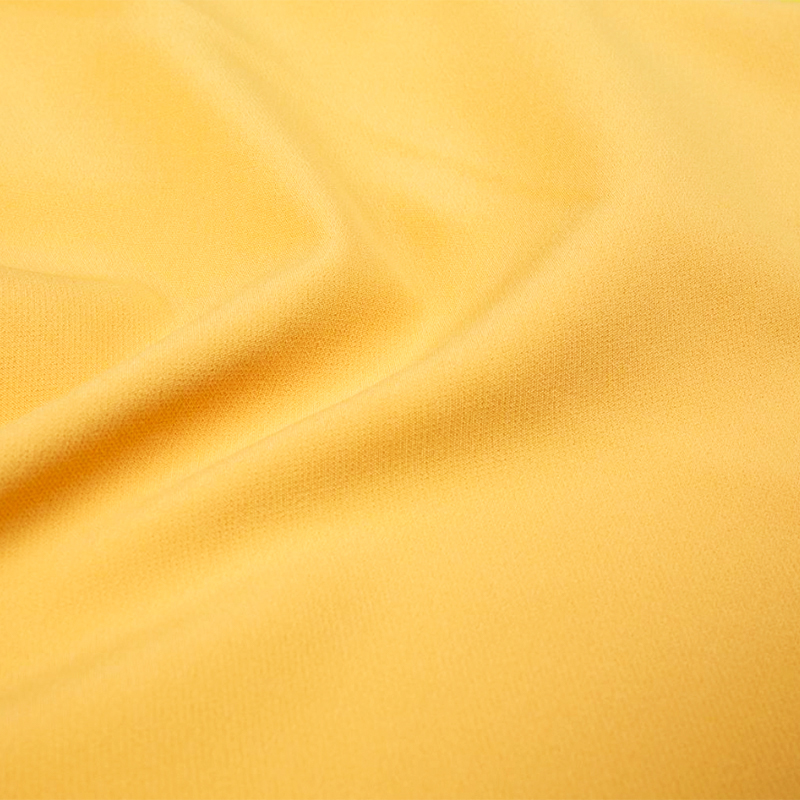Processing 4-way stretch clothing fabric into garments requires several preparations to ensure successful manufacturing and the desired performance characteristics of the final products. Here are the key preparations involved in the process:
Fabric Inspection:Before processing, the 4-way stretch fabric undergoes thorough inspection to identify any defects or flaws in the material. This includes checking for uneven stretching, fabric distortions, or irregularities in the weave or knit structure. Any defects found are marked for correction or cutting around during the garment production process.
Pattern Layout and Cutting:The fabric is laid out on cutting tables, and garment patterns are carefully positioned to optimize fabric usage and minimize waste. Special attention is paid to the direction of stretch in the fabric to ensure proper fit and performance of the final garments. Cutting is done using sharp rotary blades or computerized cutting machines to achieve clean and precise edges.
Seam Preparation:Given the stretchability of the fabric, special considerations are made for seam construction. Seam allowances may need to be adjusted to accommodate the fabric's stretch properties, and techniques such as stretch stitches, serging, or flatlock seams are used to prevent seam puckering or breakage during wear.
Thread Selection:High-quality threads suitable for stretch fabrics are selected for stitching. Polyester or nylon threads with stretch properties are commonly used to ensure seam durability and elasticity that match the fabric's stretch characteristics.
Equipment Setup:Sewing machines and sergers are adjusted and calibrated to handle the stretch fabric properly. This may involve fine-tuning stitch tension, needle type, and machine settings to prevent skipped stitches, thread breakage, or fabric distortion during sewing.
Testing and Prototyping:Sample garments or prototypes are often created using the 4-way stretch fabric to test the fit, functionality, and durability before full-scale production. This allows for any necessary adjustments to be made to the pattern or construction techniques to ensure the final garments meet quality standards.

Specialized Techniques:Depending on the design and intended use of the garments, specialized construction techniques may be employed to enhance performance and comfort. This could include incorporating reinforcements at stress points, adding moisture-wicking or antimicrobial treatments, or applying heat-sealed or bonded seams for reduced bulk and improved aesthetics.
Quality Control Measures:Throughout the garment production process, rigorous quality control measures are implemented to maintain consistency and ensure adherence to specifications. This includes inspecting cut pieces for accuracy, monitoring seam integrity during sewing, and conducting final inspections of finished garments for defects or flaws.
Finishing Touches:Once the garments are sewn together, any excess threads are trimmed, and finishing touches such as hemming, attaching labels, and adding closures or embellishments are completed. Garments may also undergo final pressing or steaming to ensure a polished appearance before packaging.
Packaging and Labeling:Finished garments are carefully folded or hung and packaged according to specific requirements. Labels containing garment care instructions, size information, and branding are attached as per regulatory standards and customer preferences.





.jpg?imageView2/2/format/jp2)
_.jpg?imageView2/2/format/jp2)




